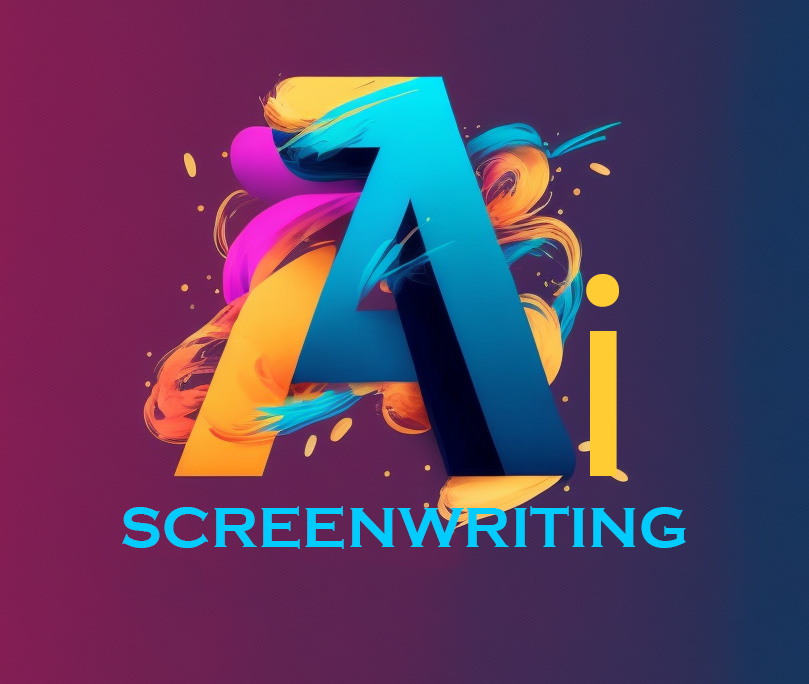
Welcome to the wild world of documentary scriptwriting, where facts dance to the rhythm of storytelling, and truth wears a snazzy pair of shades!
Picture this: you’re armed with nothing but a bran muffin and a burning desire to capture reality through your lens.
Fear not, dear aspiring scribe!
In this guide, we’ll unlock the secrets of documentary scriptwriting, helping you craft narratives that not only inform but also captivate your audience like a magician pulling rabbits out of hats.
So grab your virtual notepad and let’s embark on this riveting journey into the art of documentary scriptwriting!
The BEST AI Screenwriting Tool In Hollywood!
Key Takeaways
- Documentary scriptwriting serves to structure real-life stories compellingly and engagingly.
- Key elements of a compelling narrative include focus, character development, and emotional resonance.
- Thorough research and organization of material are crucial for creating a coherent documentary script.
- Engaging characters and distinct voices are essential for connecting with the audience.
- Revisions and constructive feedback play a vital role in refining and polishing your documentary script.
Understanding the Purpose of Documentary Scriptwriting
Welcome to the wacky world of documentary scriptwriting, where words not only exhibit their literary prowess but also strut their stuff on screen!
Now, you might be scratching your head, wondering what in the cinematic universe documentary scriptwriting is all about.
Fear not, budding documentarian!
The primary purpose of documentary scriptwriting is to outline the story behind the camera; it’s like knitting a beautiful sweater with facts, interviews, and the occasional quirky character who just can’t get enough of pickleball.
In essence, a good script takes your audience on a journey through reality, skilfully blending information and entertainment, while ensuring your narrative has a rhythm that could even make mundane statistics do the cha-cha!
So, grab your notepad and prepare to explore the art of documentary scriptwriting, where facts come alive, and storytelling is the name of the game!
Key Elements of a Compelling Narrative
When diving into the whimsical world of documentary scriptwriting, there are a few key ingredients that can turn your narrative soufflé from soggy to spectacular – think of it less like cooking and more like conjuring up a magic potion!
First off, a compelling hook is your best friend; grab your audience by the imagination and don’t let go!
Next, sprinkle in some relatable characters because let’s be honest – nobody wants to hear about a talking rock, no matter how profound it thinks it is.
Then there’s the arc of your story – yes, just like Shakespeare’s tragic heroes, your characters should face challenges that lead to an elemental transformation!
Follow this with a dash of conflict – without it, things get so boring that even your pet goldfish will want to swim away.
Don’t forget to include supporting research to back up your insights, making the narrative as rich and full-bodied as a fine wine.
Finally, cap it all with a thought-provoking conclusion that wanders into the minds of your viewers like a friendly ghost at a party.
So there you have it, the magical recipe for an enthralling documentary scriptwriting journey – enchanting, engaging, and guaranteed to leave a lasting impression!
‘The art of storytelling is the art of creating a world that people want to live in.’ – Rachael O’Meara
Researching and Organizing Your Material
Welcome to the wild and wacky world of documentary scriptwriting, where facts and creativity do the tango!
Before you dive headfirst into this abyss of historical recounts and emotional narratives, you need to put on your research goggles and summon your inner Sherlock Holmes.
Researching and organizing your material isn’t just a step; it’s the flamboyant dance party that your documentary deserves!
Start by gathering credible sources, snatch some juicy interviews, and don’t forget to collect those sensational statistics that make your topic pop!
Once you’ve compiled your treasure trove of information, it’s time to organize, organize, organize!
Think of your material like the Tetris blocks of your dreams—fit them together in a logical sequence that tells a compelling story.
Outline your script with flair, use headings, subheadings, and make it visually appealing like a pristine Pinterest board!
This is the backbone of your documentary scriptwriting journey, and trust us, no one wants a crooked backbone.
Now, go forth and research like your life depends on it—because your documentary just might!
The BEST AI Screenwriting Tool In Hollywood!
Crafting Engaging Characters and Voices
Welcome, future documentarians, to the whimsical world of documentary scriptwriting!
Now, before you start imagining dusty old tomes filled with boring text, let’s bust that myth!
Crafting engaging characters and voices in your documentary is like cooking a gourmet meal—skip the bland ingredients, and you’ll feast on a delicious narrative!
So grab your metaphorical spatula (or your trusty laptop), and let’s whip up some mouthwatering characters.
First, think of each character as the main course of your documentary.
They should have depth, personality, and, most importantly, a story that sizzles!
Introduce them with flair—maybe a quirky anecdote or an unexpected fact that shakes the viewer’s assumptions.
Just like seasoning adds flavor, unique voices bring your script to life.
Consider varying your character’s backgrounds, beliefs, and even speaking styles; it paints a vivid picture and keeps your audience glued to the screen.
So in the realm of documentary scriptwriting, don’t just present facts—serve them with a side of captivating character and voice, and watch your audience devour every word!
Techniques for Writing Effective Dialogue
Ahoy, aspiring documentary scriptwriters!
So you’ve decided to embark on the whimsical world of documentary scriptwriting, where words aren’t just words; they’re the golden tickets to the minds of your audience!
First things first, let’s talk dialogue.
Effective dialogue is like the secret sauce in a gourmet burger—without it, you’re left with a soggy bun and a whole lot of disappointment.
One nifty technique is to eavesdrop (yes, I said it) on actual conversations in cafes, parks, or that awkward elevator ride where no one makes eye contact.
This will give you a treasure chest of authentic speech patterns and quirks.
Another gem?
Keep it snappy!
Real people don’t give lengthy soliloquies; they talk in bite-sized nuggets of wit and wisdom—think fast food, not five-course meal.
And remember, each character in your documentary should have a unique voice; they aren’t all living in the same monotone universe!
So, sprinkle in some humor, throw in relatable anecdotes, and let your characters shine brighter than a disco ball at a ’70s dance-off.
In the mystical realm of documentary scriptwriting, great dialogue transforms ordinary stories into extraordinary adventures!








